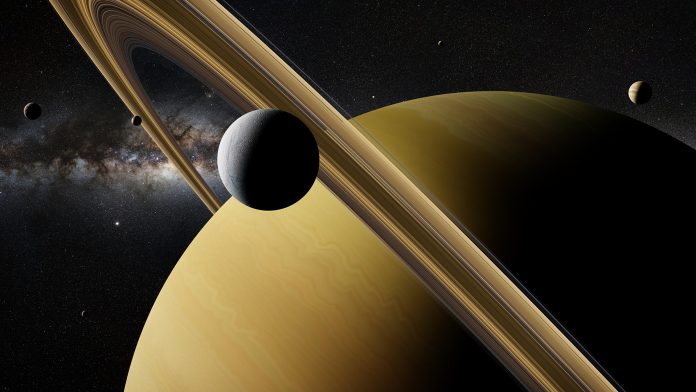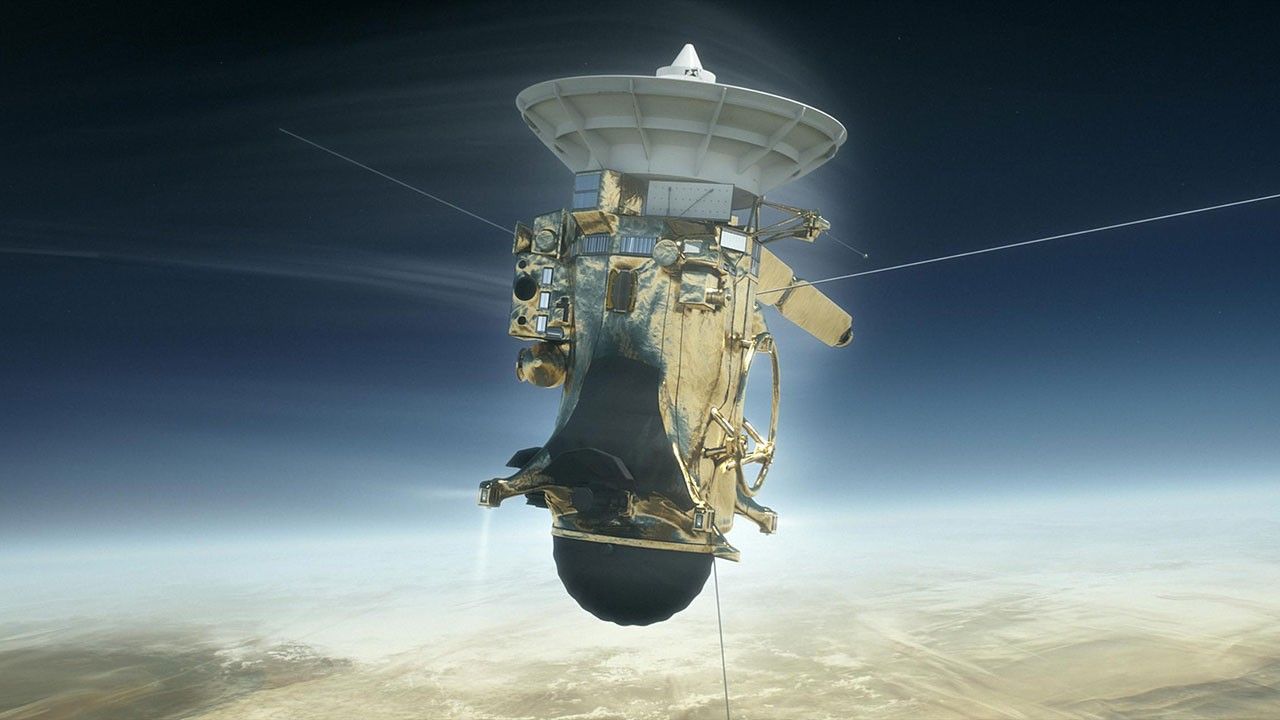Humanity's fascination with the cosmos represents one of our most profound and enduring quests. We are driven to explore the unknown, discover new worlds, push the boundaries of our scientific and technical limits, and then push further. This intangible desire to explore has provided countless benefits to our society for centuries, from technological advancements to deeper philosophical understanding of our place in the universe.
Among the most exciting developments in modern astronomy is the discovery of ocean worlds within our own solar system—planetary bodies that harbor vast subsurface oceans beneath icy shells. These environments may represent our best chance of finding extraterrestrial life within our celestial neighborhood.
The Building Blocks of Life
For life as we know it to exist, certain fundamental elements are required: primarily carbon, hydrogen, oxygen, nitrogen, phosphorus, and sulfur (CHONPS). Water (H₂O) plays a particularly crucial role as the universal solvent that facilitates the biochemical reactions that sustain living organisms.
The search for extraterrestrial life has therefore focused on locations where liquid water can exist, along with sources of energy and organic compounds. While Mars once received most of the attention, recent discoveries have revealed that several moons in the outer solar system may be even more promising candidates for hosting life.
Enceladus: Saturn's Icy Wonder
Discovered by William Herschel in 1789, Enceladus is one of Saturn's innermost moons. For nearly two centuries, it remained just a tiny point of light in astronomers' telescopes—until the Cassini mission revolutionized our understanding of this fascinating world.
"Enceladus is the brightest world in the solar system, reflecting almost 100% of the sunlight that strikes its icy surface."
This small moon, only about 500 kilometers (310 miles) in diameter, has become one of the most compelling destinations in our solar system for astrobiological research. Despite its small size, Enceladus exhibits extraordinary geological activity and hosts a global subsurface ocean that may possess all the ingredients necessary for life.

Saturn and its magnificent ring system, with Enceladus orbiting within the E ring
The Cassini Mission: Revolutionizing Our Understanding
The Cassini-Huygens mission, a collaboration between NASA, the European Space Agency, and the Italian Space Agency, was one of the most ambitious space missions ever undertaken. Launched in 1997, the spacecraft arrived at Saturn in 2004 and spent over 13 years studying the Saturnian system in unprecedented detail.
Discovery of Plumes
Cassini's first close flyby of Enceladus reveals towering plumes of water vapor and ice particles erupting from the south polar region.
Salt Detection
Analysis of plume particles confirms the presence of sodium salts, suggesting the plumes originate from a liquid ocean.
Global Ocean Confirmed
Detailed gravity measurements and analysis of the moon's libration confirm the existence of a global subsurface ocean.
Hydrothermal Activity
Detection of nanoscale silica grains provides strong evidence for ongoing hydrothermal activity on the seafloor.
Molecular Hydrogen
Cassini's final dive through the plumes detects molecular hydrogen, a key indicator of hydrothermal processes that could support life.
The South Polar Geysers: Windows to an Underground Ocean
One of Cassini's most spectacular discoveries was the geysers erupting from Enceladus's south polar region. These enormous plumes, extending hundreds of kilometers into space, are composed primarily of water vapor, ice particles, and various organic compounds.
Plume Composition
The plumes contain water vapor, carbon dioxide, carbon monoxide, ammonia, various hydrocarbons, and surprisingly, tiny grains of silica—evidence of hydrothermal activity on the ocean floor.
Eruption Mechanism
The geysers are powered by tidal heating from Saturn's gravitational pull, which creates fractures (called "tiger stripes") in the ice crust through which pressurized water erupts into space.
These plumes provide a unique opportunity to sample the subsurface ocean without having to land on the surface or drill through the ice. Cassini flew through these plumes multiple times, using its onboard instruments to analyze their composition.
Water geysers erupting from Enceladus's south polar region
The Subsurface Ocean: A Hidden Aquatic World
Beneath Enceladus's icy crust lies a global ocean of liquid water, estimated to be about 10 kilometers (6 miles) deep. This vast body of water is believed to be in contact with a rocky core, creating conditions similar to those found around hydrothermal vents on Earth's ocean floor.
Ocean Depth
Approximately 10 km (6 miles), similar to the deepest parts of Earth's oceans
Water Temperature
Likely around 0°C (32°F) near the ice interface, but potentially much warmer near hydrothermal vents
Salinity
Similar to Earth's oceans, with dissolved salts and organic compounds
Hydrothermal Activity: The Engine for Life?
The detection of molecular hydrogen and nanoscale silica grains in Enceladus's plumes provides compelling evidence for hydrothermal activity on the seafloor. On Earth, hydrothermal vents support vibrant ecosystems completely independent of sunlight, powered instead by chemosynthesis.
"The hydrothermal systems on Enceladus may be two and a half times as powerful as those that power Yellowstone's geysers and hot springs."
These environments on Earth host exotic life forms including tube worms, giant clams, and specialized bacteria that derive energy from chemical reactions rather than photosynthesis. The presence of similar systems on Enceladus raises the tantalizing possibility that life could have emerged there as well.
Did You Know?
Enceladus's ocean is believed to have been stable for tens of millions of years—plenty of time for life to emerge and evolve, based on our understanding of how quickly life appeared on Earth.
The Search for Life: Future Missions
The discoveries at Enceladus have made it a prime target for future missions specifically designed to search for evidence of life. Several mission concepts are currently under consideration by space agencies around the world:
- Enceladus Life Finder (ELF): A proposed mission that would fly through the plumes multiple times with more sensitive instruments specifically designed to detect signs of life.
- Enceladus Explorer: A concept that would land on the surface, melt through the ice, and deploy a submersible to explore the ocean directly.
- Journey to Enceladus and Titan (JET): A mission that would study both Enceladus and Titan, another moon of Saturn with potential habitability.

Concept art for a future mission to explore Enceladus's subsurface ocean
Conclusion: A New Frontier in the Search for Life
The exploration of Enceladus has fundamentally transformed our understanding of where life might exist in the universe. This small, icy moon has demonstrated that habitable environments can exist in unexpected places, far from the traditional "habitable zone" where liquid water can exist on a planet's surface.
Enceladus represents perhaps our best opportunity to answer one of humanity's most profound questions: Are we alone in the universe? With its accessible plumes offering a direct sample of a potentially habitable ocean, this tiny moon may hold the key to discovering the first evidence of extraterrestrial life.
As we continue to study data from Cassini and plan future missions to this fascinating world, we stand on the brink of discoveries that could forever change our understanding of life's prevalence in the cosmos. The voyage to this icy moon has only just begun, and its secrets await the next generation of explorers.
